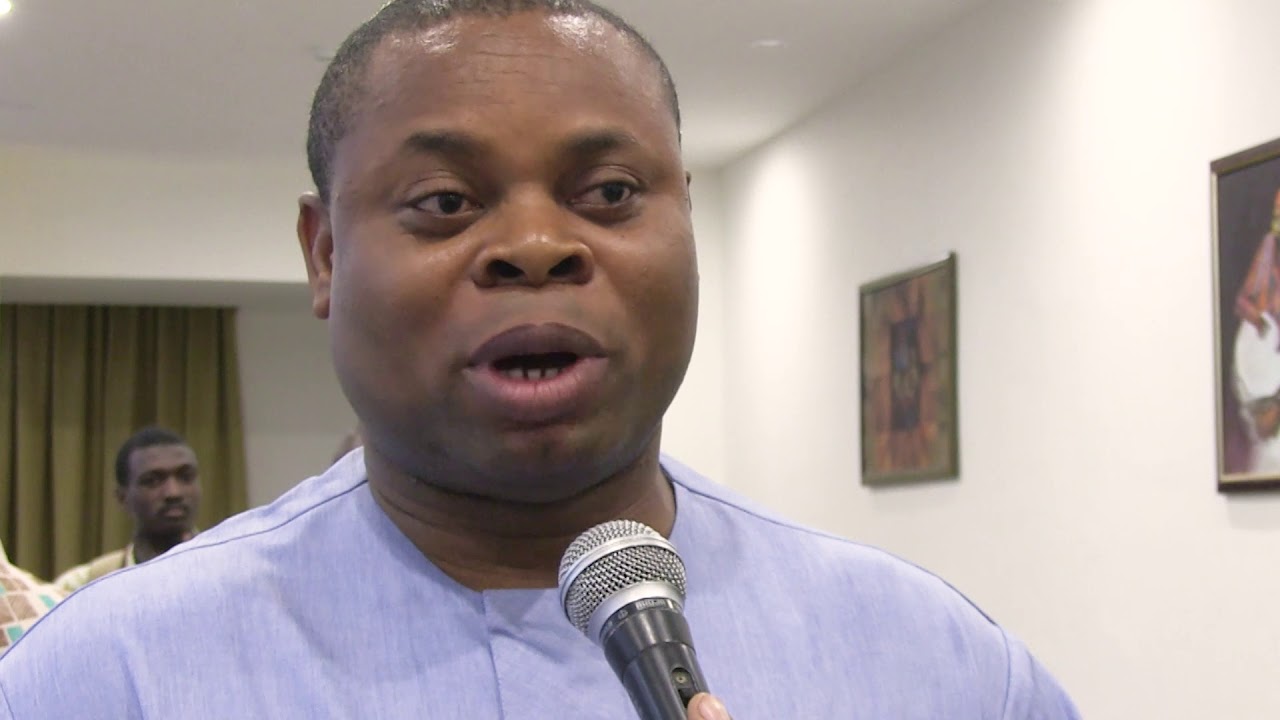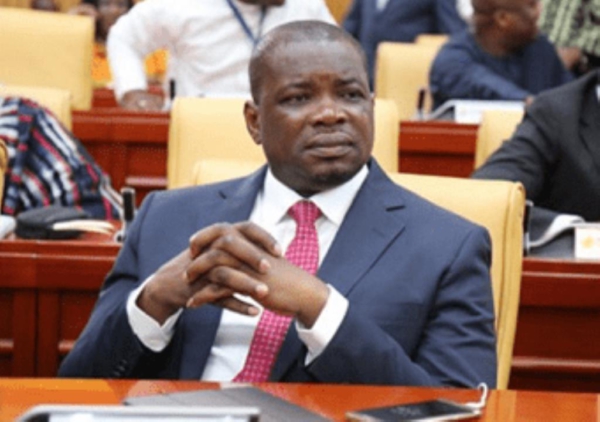
India election 2019: Voting kicks off in world's largest election

Tens of millions of Indians have voted on the first day of a general election that is being seen as a referendum on Prime Minister Narendra Modi.
Indians in 20 states and union territories cast their ballots in 91 constituencies.
The seven-phase vote to elect a new lower house of parliament will continue until 19 May. Counting day is 23 May.
With 900 million eligible voters across the country, this is the largest election ever seen.
Some observers have billed the vote as the most important in decades and the tone of the campaign has been acrimonious.
Mr Modi’s Hindu nationalist Bharatiya Janata Party (BJP) won a historic landslide in the last elections in 2014. He stakes his claim to lead India on a tough image and remains the governing BJP’s main vote-getter.
But critics say his promises of economic growth and job creation haven’t met expectations, and India has become more religiously polarised under his leadership.
The BJP faces challenges from strong regional parties and a resurgent Congress party, led by Rahul Gandhi. Mr Gandhi’s father, grandmother and great-grandfather were all Indian prime ministers. His sister, Priyanka Gandhi, formally launched her political career in January.
How has voting gone on day one?
The Lok Sabha, or lower house of parliament, has 543 elected seats and any party or coalition needs a minimum of 272 MPs to form a government.
Hundreds of voters began to queue up outside polling centres early Thursday morning for the first of seven days of voting over six weeks. Their concerns ranged from jobs and unemployment to India’s role in the world and national security.
Many, like Dashami Majumdar, a 23 year old with two children, were focused on local issues – namely “better roads”.
“Nobody tells me who to vote for, my vote is mine, my vote is my independence,” she told the BBC in Cooch Behar, in West Bengal.
Another voter there, Shzina Bibi, a 28-year-old housewife with two children, said she was looking at what the political parties, not individual candidates, would do for Indian society.
“We need more communal peace in India. We need to live together with more tolerance,” she said.
But in some places, voters were furious to find they were not on the rolls. In the southern state of Telangana, Shobhana Kamineni was distraught to find that she was not able to cast a ballot.
“This is a crime against me as a citizen and I will not tolerate it,” she told BBC Telugu.
In Baghpat, a constituency in the northern state of Uttar Pradesh, scores of Muslim and Dalit (formerly “untouchable”) voters also complained that their names were missing.
Violence also flared in several places. Two people died in separate clashes at polling stations in southern Andhra Pradesh state.
In central Chhattisgarh state, suspected Maoist rebels detonated an IED device near a polling booth at about 04:00 local time (22:30 GMT) – no injuries were reported.
How big is this election?
It is mind-bogglingly vast – about 900 million people above the age of 18 will be eligible to cast their ballots at one million polling stations. At the last election, voter turnout was about 66%.
No voter is meant to have to travel more than 2km to reach a polling station. Because of the enormous number of election officials and security personnel involved, voting is taking place in seven stages between 11 April and 19 May.
More than 140 million people were eligible to vote in the first phase of the election on Thursday.
The states and union territories that went to the polls were: Andhra Pradesh, Arunachal Pradesh, Assam, Bihar, Chhattisgarh, Jammu and Kashmir, Maharashtra, Manipur, Meghalaya, Mizoram, Nagaland, Odisha, Sikkim, Telangana, Tripura, Uttar Pradesh, Uttarakhand, West Bengal, Andaman and Nicobar islands and Lakshadweep.
Polling in some states, such as Andhra Pradesh and Nagaland, will conclude in one day. But other states, such as Uttar Pradesh, will hold polls in several phases.
India’s historic first election in 1951-52 took three months to complete. Between 1962 and 1989, elections were completed in four to 10 days. The four-day elections in 1980 were the country’s shortest ever.
What are the key issues?
Hundreds of millions of Indians have escaped poverty since the turn of the millennium but huge challenges remain.
Under Mr Modi, the world’s sixth-largest economy appears to have lost some of its momentum. Although annual GDP growth has hovered at about 7%, unemployment is a major concern.
Mr Modi’s government has been accused of hiding uncomfortable jobs data. In fact, a leaked government report suggests that the unemployment rate is the highest it has been since the 1970s.
Farm incomes have also stagnated because of a crop glut and declining commodity prices, which have left farmers saddled with debt.
Unsurprisingly both parties have targeted the rural poor in their campaign manifestos. The BJP has promised a slew of welfare schemes for India’s farmers, while Congress has promised a minimum income scheme for the country’s 50 million poorest families.
National security is also in the spotlight this election after a suicide attack by a Pakistan-based militant group killed at least 40 paramilitary police in Indian-administered Kashmir in February. India then carried out unprecedented air strikes in Pakistan.
Since then, the BJP has made national security a key plank in its campaign.
bbc






